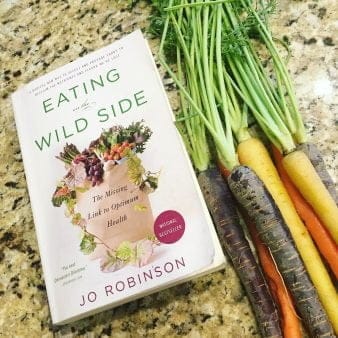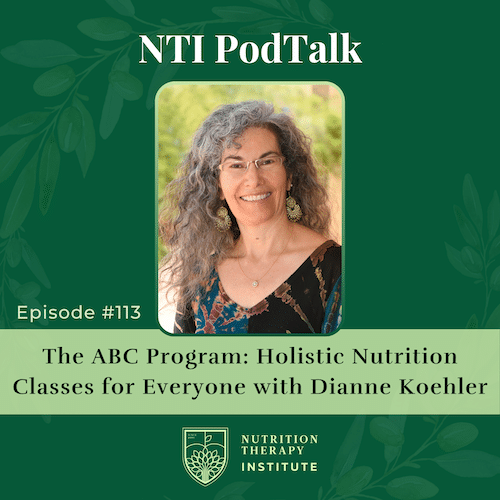
Share this post!
Did you know that orange carrots did not actually exist until 400 years ago when plant breeders mixed a yellow carrot with a red. The first carrots were purple and white.
Hello! Rosie here– I am so excited to share some new things I have learned from the Nutrition Therapy Institute’s Food Quality 2 class I just completed! I thoroughly enjoyed this course and highly recommend picking up a copy of Eating on the Wild Side by Jo Robinson if you haven’t already. Her book is so practical and chock-full of useful information on how to eat for optimum health! Thanks to this book, I have found a new love for carrots. They’re so much more delicious than ever before now that I am implementing her helpful tips. I don’t know if I can ever go back to NOT eating on the wild side!
You’ll see what I mean, if you too follow these tips, for picking the best carrots on the market and how to eat them! I have to say first, that your best bet is to always go for the farmers markets to get your fresh produce. Produce from farmers markets typically have been picked that day or the day before, so they’re the freshest and the highest in antioxidants! Nevertheless, if you can’t get to a farmers market and you’ve got to stop at the grocery store for your carrots, check out our
Tips for picking the best carrots:
- Buy purple carrots. They have more antioxidants than orange carrots.
- Avoid baby carrots as they have been pre-trimmed, scrubbed, and whittled away so much that 1/3 of its phytonutrients have been removed.
- Buy carrots with the tops still attached. These are the freshest and newest carrots with the most nutrients. Carrots without tops could possibly be MONTHS old which just tastes bad but also decreases nutrients. Save the tops and cook them or juice them!
- Cook your carrots. Heat breaks down their tough walls and the nutrients become more bioavailable to the body.
- Wait to chop the carrots when preparing them to cook. Cook carrots whole first THEN chop them to get more nutrients. You’ll get more of something called falcarinol, which is a cancer-fighting compound by waiting to cut them up until after cooking them.
- Eat carrots with some fat. The beta-carotene in carrots is a fat-soluble nutrient that needs to be coated in fat for greatest absorption. Roast them in ghee or coconut oil or top them on salads with avocado and olive oil.
Carrot Recipes
The perfect carrots make the perfect carrot cake, or for something lighter a carrot salad. Don’t forget to use the carrot tops too! This Carrot Top Pesto is the perfect way to prevent food waste.
Source: Robinson, Jo. Eating on the Wild Side: The Missing Link to Optimum Health. 1st ed. New York City: Little, Brown, 2013. Print.
Rosie Christian is an Admissions Counselor at NTI as well as a Certified Nutrition Therapist and Yoga Instructor. Follow her adventures on Facebook and Instagram @RootwithRosie. Rootwithrosie.com
NTI stands for better health through better nutrition. We teach people how to eat for health and explain the science behind it. Check out our FAQ page for more information.
Share this post!




















